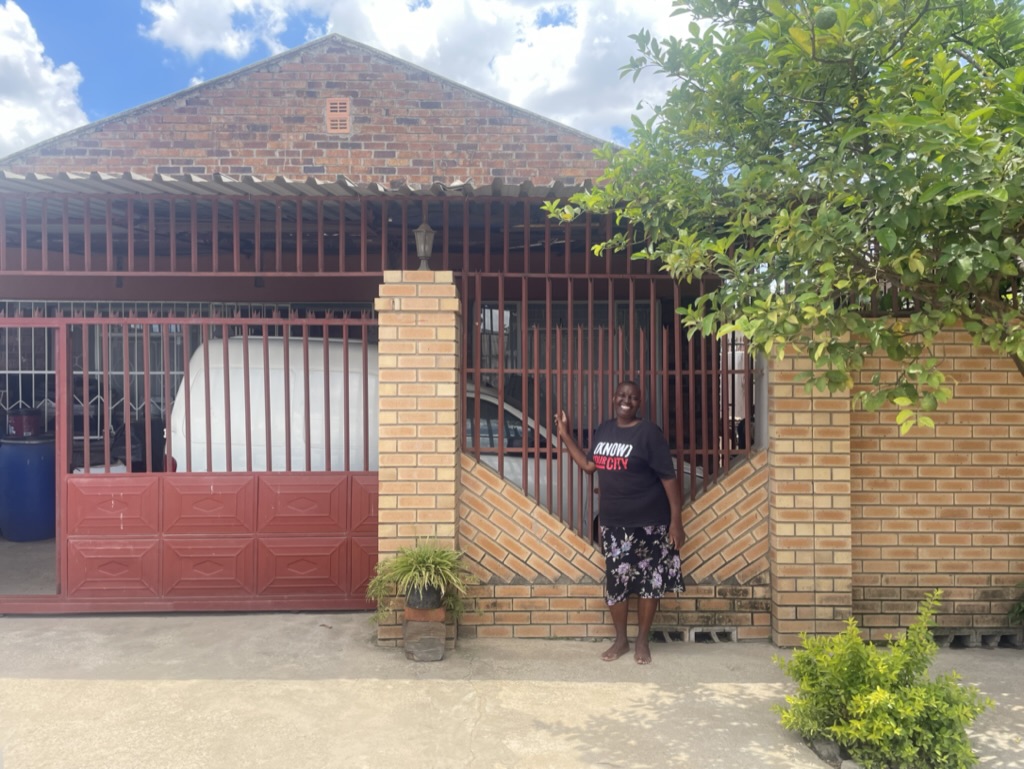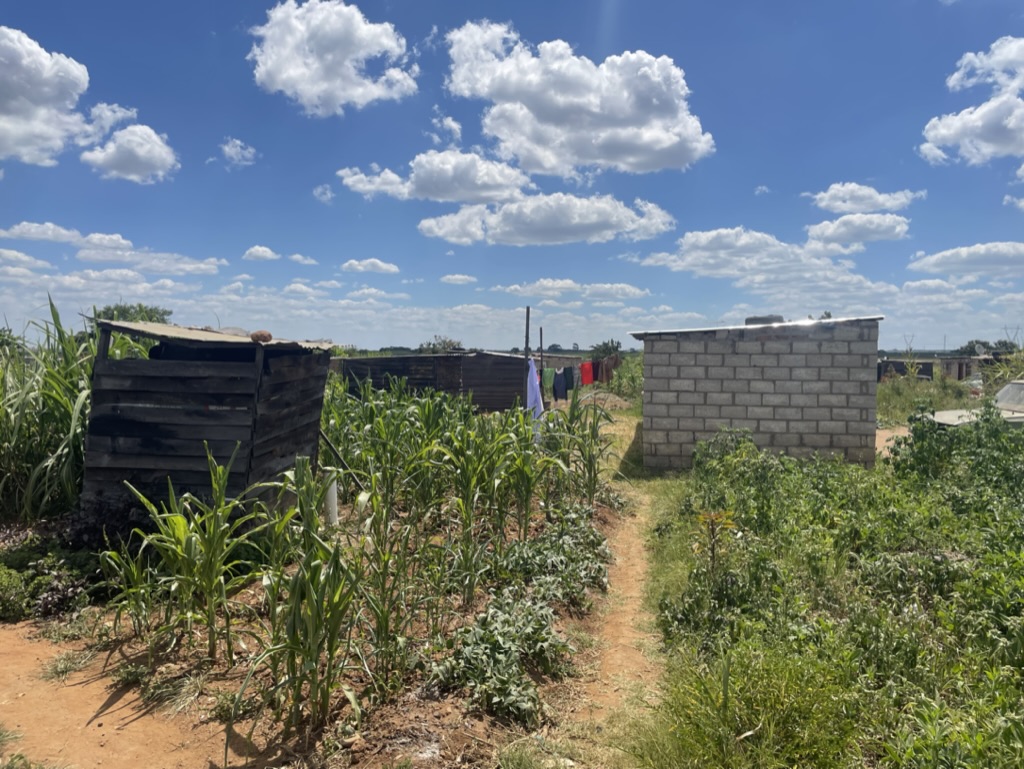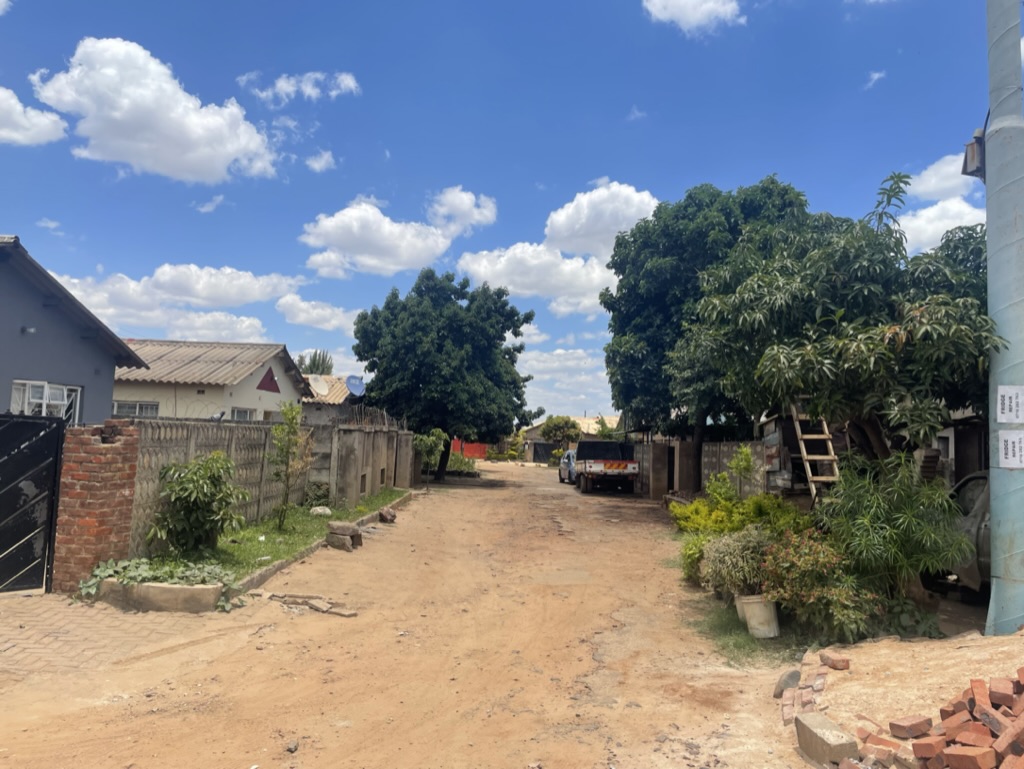Deconstructing the Home is Here strategy
Julie Patton, Connor Balsillie, Kobe Tulloch
In response to Calgary’s housing crisis, the City of Calgary announced their housing strategy, Home is Here. However, Calgarians have been met with more questions than answers when reading the strategy.
In response to Calgary’s housing crisis, the City of Calgary announced their housing strategy, Home is Here. However, Calgarians have been met with more questions than answers when reading the strategy.
With increasing concerns surrounding soaring rent and home prices as well as the loss of autonomy in neighbourhoods, the debate amongst professionals, city planners, and average Calgarians is hot.
So, what exactly does the strategy mean and what may its effects look like?
The call for the housing strategy took place on Sept. 6, 2023 when Calgary Mayor Jyoti Gondek made a post announcing Calgary is in a housing crisis.
She stated: “The Calgary Homeless Foundation reports 237 families are waiting for supportive housing, up from 173 in 2022, and up from 30 in 2021.” In that same post, she called for a special meeting on Sept. 16 to “take swift action.”This council meeting would later turn into Calgary’s newest housing strategy: Home is Here. The strategy begins by stating that over 84,600 households cannot afford where they currently live due to rental prices and housing costs continuing to rise.
In 2022, Calgary saw 42,000 people come into the city, the most new Calgarians in a single year, ever, and the price of rent grew more last year than in any other major Canadian city. Additionally, the city expects 110,000 more people over the next five years. At face value, the main goal of Home is Here is rather simple: ensure that everyone living in Calgary has an affordable place to call home.
However, with an action plan that involves rebuilding neighbourhoods, reliance on government aid, and hopeful thinking that housing will trickle into the hands of those who need it, how exactly will the plan affect Calgarians?
The first, and most important, outcome outlined in the Home is Here strategy, is to increase the supply of housing to meet demand and increase affordability.
The City of Calgary plans to increase city-owned real property assets for housing needs in all communities.
They will create more diverse land and buildings to essentially create more housing for all of Calgary. This includes increasing the number of market and non-market homes. The target is to create 3,000 new non-market homes per year and 1,000 more market homes.
For point of reference, Calgary saw roughly 15,000 completed constructions in 2023.
Calgary skyline and Peace Bridge on the bow river. // Photo: Julie Patton
The City of Calgary also plans to leverage its partnerships with the government to receive federal and provincial funding to build more housing. Tim Ward, manager of housing solutions at the City of Calgary, said the goals of this plan cannot be accomplished by a municipal government alone.
“The federal and provincial governments are a massive part of this. If we are going to get close to hitting the targets in the strategy, we really need the funding support,” Ward said.
The last objective is to speed up the process of planning policy to allow for more diverse homes.
To do this, the city plans to rezone nearly every neighbourhood in the city. This would allow for rowhouses, duplexes, townhouses, and more to be built in neighbourhoods that currently only allowed single or semi-detached homes to be built.
Joe Mueller, City of Calgary manager of planning and policy services, helps break down what rezoning is and how new zoning will affect Calgary neighbourhoods. // Video: Julie Patton
Joe Mueller, City of Calgary manager of planning and policy services, said that rezoning the city will diversify the types of housing available.
“Young adults beginning their careers would move into a starter home,” he said.
“Just that concept of a starter home is being lost for so many young people that we need in our city today. Embarking on their careers, beginning their families. That choice that previous generations had is much more elusive today.”
In March of 2024, the benchmark price of a home in Calgary was $585,000, according to the Calgary Real Estate Board.
The City of Calgary is measuring its success in a couple of ways. For starters, if they meet their goal of 3,000 new non-market homes and 1,000 more market homes per year. Another example includes if the rate of households that need affordable housing options begin to decline, that is a sign of improvement.
Support affordable housing providers to deliver services
The second objective of the plan is to support affordable housing providers by improving and creating more city-led programs to accommodate affordable housing providers and residents.
As part of the strategy, Mayor Joyti Gondek announced on Feb. 21 the approval of 100 new homes that will be developed by HomeSpace Society, an affordable housing non profit organization.
Emily Campbell, the director of communications at HomeSpace Society, said her organization was honored to be chosen to develop family housing. “We’ve taken great care to propose homes that both seamlessly blend into the surrounding communities and also offer families the space, safety and dignity they deserve will need to heal and thrive after experiencing homelessness.”
The housing will primarily assist those who’ve experienced homelessness, or are at risk of homelessness
Further partnerships will be established as the City of Calgary plans to complete research and assemble affordable housing providers for more assistance. All of which requires the city to advocate to the provincial and federal government to ensure appropriate support.
In outcome three, of the seven considered actions, five are labelled as “continuing action,” carrying on with existing programs but folding them into the wider housing strategy. These mostly included continuing to support the Calgary Housing Company, a housing assistance organization that administers rental supplement programs for the city, in various ways.
Of the actions labelled as new, a primary focus is put on working with the Attainable Homes Corporation Calgary to develop more housing on behalf of the city.
The Attainable Homes Corporation Calgary is a non-profit founded in 2009 by previous Mayor Dave Bronconnier. Its current board of directors includes both current Mayor Gondek, and city councillor Courtney Walcott. It is unclear if “identifying opportunities” specifically means the use of city owned property for development - such as the potential sale of green space in Glenmore Landing.
How the relationship outlined in outcome three will affect Attainable Homes Corporation Calgary is unclear, but the organization explicitly publishes yearly financial reports (so far up to 2022), so curious Calgarians will be able to keep track as the plan moves forward.
In outcome three, of the seven considered actions, five are labelled as “continuing action,” carrying on with existing programs but folding them into the wider housing strategy. These mostly included continuing to support the Calgary Housing Company, a housing assistance organization that administers rental supplement programs for the city, in various ways.
Of the actions labelled as new, a primary focus is put on working with the Attainable Homes Corporation Calgary to develop more housing on behalf of the city.
The Attainable Homes Corporation Calgary is a non-profit founded in 2009 by previous Mayor Dave Bronconnier. Its current board of directors includes both current Mayor Jyoti Gondek, and city councillor Courtney Walcott. It is unclear if “identifying opportunities” specifically means the use of city owned property for development - such as the potential sale of green space in Glenmore Landing.
How the relationship outlined in outcome three will affect Attainable Homes Corporation Calgary is unclear, but the organization explicitly publishes yearly financial reports (so far up to 2022), so curious Calgarians will be able to keep track as the plan moves forward.
Ensure diverse housing choice to meet equity-deserving populations’ needs
This fourth outcome plans to ease barriers for equity-deserving populations, including creating and incorporating programs to reduce restrictions and increase housing support.
“The housing strategy gives us direction to focus a little bit more on equity deserving populations,” said Ward. “Understanding where the needs are and where there are gaps, and then put funding and programs in place to address them.”
The strategy aims to reduce the various issues that stop residents from getting appropriate housing and also ensuring there is a healthy amount of diverse housing for residents.
“We've supported projects that are focused on veterans, homeless veterans, and then we've seen housing that is more just aimed at people who are precariously housed,” Ward said “We have, throughout our work, done a lot of support for many different populations. One of the ways that we work is that we really rely on our partners to tell us what they need and tell us what their ideas are.”
Single-detached home being demolished in Rutland Park. // Photo: Julie Patton
Address the housing needs of Indigenous people living in Calgary
Outcome five plans to attend to the affordable housing needs of Indigenous people living in Calgary. This includes fulfilling the commitments outlined in the ReconcilliACTION plan.
Ward said that the City of Calgary has been working with Indigenous people, elders, and Indigenous organizations since 2017 to better understand their housing needs.
“When we sell land for non-market housing, we will set aside at least one parcel of land for Indigenous housing specifically,” Ward said.
“We are just wrapping up an Indigenous affordable housing funding program that was $6 million to support ‘For Indigenous, By Indigenous’ housing, and there are many other actions that will help address the needs of Indigenous people from a housing point of view.”
The housing strategy details three key areas of action: using of City owned land to create more affordable housing, increases in social programming in housing complexes, and amendments to municipal policies and practices that continue discrimination against Indigenous peoples.
“We need to recognize the distinct nature and the distinct rights of indigenous people specifically,” Ward said.
“There is a role that we have to play as a government and so that's why we treat it as something parallel, but still connected to the work that we're doing.”
The first steps of solving a larger crisis
Jessica Barrett, an award winning journalist who has been researching the housing crisis, said the Home is Here plan is a great first step, but it is not the final solution.
“This is a very common rhetoric all across Canada, that we just need to make it easier to build more housing faster. And while that's true, I think that that tends to gloss over people's preferences and feelings around the types of housing that are being created,” she said.
She adds that there is also an overreliance on the market to fix the housing crisis.
“This idea of private market and private land ownership somehow being the way out of this, is a little bit far-fetched because that's what got us into this,” Barrett said. “We’ve been really locked in this system of for profit, private land ownership for a really long time, and that’s sort of convinced us that that is the only solution.”
For research for her upcoming book on housing, with the tentative title “No Place Like Home” and set to publish in 2025, she has been visiting different countries to learn about their housing systems.
During the month of February she visited Zambia and Zimbabwe.
“We [Canada] have a lot of good trappings of good housing, but what we don't have in terms of the element of home is a good sense of community.”
In the slums of Zambia and Zimbabwe Barrett saw community.
Sheila Magara in front of her home, built with funds from the Zimbabwe Homeless People's Federation, in Crowborough, Harare, Zimbabwe. Photo: Jessica Barrett
The undeveloped part of Crowborough, home to people living in temporary "cabin" housing without infrastructure such as water, sanitation or electricity. This is similar to what Sheila's plot looked like before she was able to upgrade her housing with loans from the Zimbabwe Homeless People's Federation. Photo: Jessica Barrett
The developed part of Crowborough, what is possible through slum upgrading using funds contributed by the urban poor through organizations such as the Zimbabwe Homeless People's Federation. Photo: Jessica Barrett
Jessica Barrett and Sheila Magara, a leader with the ZImbabwe Homeless People's Federation, in front of Sheila's home in Harare. The Zimbabwe Homeless People's Federation is a collective of urban poor who have pooled their resources to fund housing and infrastructure upgrades and transform slum communities throughout Zimbabwe. Photo credit: Dialogue on Shelter for the Homeless in Zimbabwe Trust
“The government, whether it's corruption, whether it’s lack of economic power, whether it's just uninterested, unable, or unwilling, it’s not going to help these people. And so they've had to help themselves and they're doing it very successfully.”
Together, as a community, the people have built homes and have a strong sense of belonging. However, in Canada where housing infrastructure flourishes and government support exists, the level of connection is not the same. Even though greater percentage of the population in Canada has access to housing, they do not have the same sense of home.
Housing is viewed as an investment, an asset that can be cashed in. But, if the systemic and cultural way housing is viewed could be shifted, Calgarians may have a greater opportunity to find a home.
“There are a lot of these intangible elements of home and when you have all of those things, the actual housing type in the places that I visited where people have a really secure sense of home, the actual housing type is almost inconsequential,” said Barrett.
“Almost nobody says ‘Oh, it's like a two-storey Georgian with gables on the front.’ Nobody says that, they say it's a place where I can be myself. It's a place where I know I can belong.”
Although the Home is Here strategy and city-wide rezoning may create more houses with the potential of “home,” Barret said development needs to be a community discussion to ensure all residents of a community are connected with their homes.
“The city could do a lot more work around… actually working with people where they live. Ask, ‘What is the vision for this community?’ instead of having like one off developments here or there,” she said.
Providing more planning around the development of new homes as well as new parks, public transportation, and community centres could provide residents with a stronger sense of community and greater reason to support new development.





